5 cool things you should know about Everest Base Camp Trek
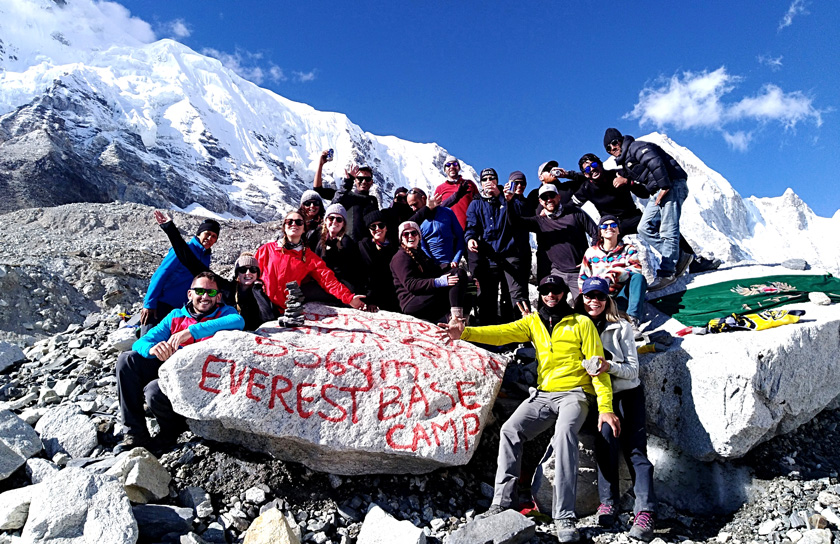
The world famous Everest Base Camp Trek is the ideal bucket list for adventurers. Hike along the Sagarmatha National Park, stop off at Sherpa villages, enjoy the scenic mountain views, glacial rivers and lakes on the way; you can experience diverse natural and cultural beauty in the Everest region.
In case you have got a thirst for adventuring, here are 5 cool things you should know about Everest Base Camp Trek.
Exciting Lukla Flight
Everest region, being a remote mountainous terrain, airways are the only way to get there. Trekkers must commence their journey with a scenic flight from Kathmandu to Lukla airport, the gateway of Everest region. View of the picturesque Mahalangur, Rolwaling and Langtang range from the sky, and you’ll rejoice in the beauty of the Himalayas.
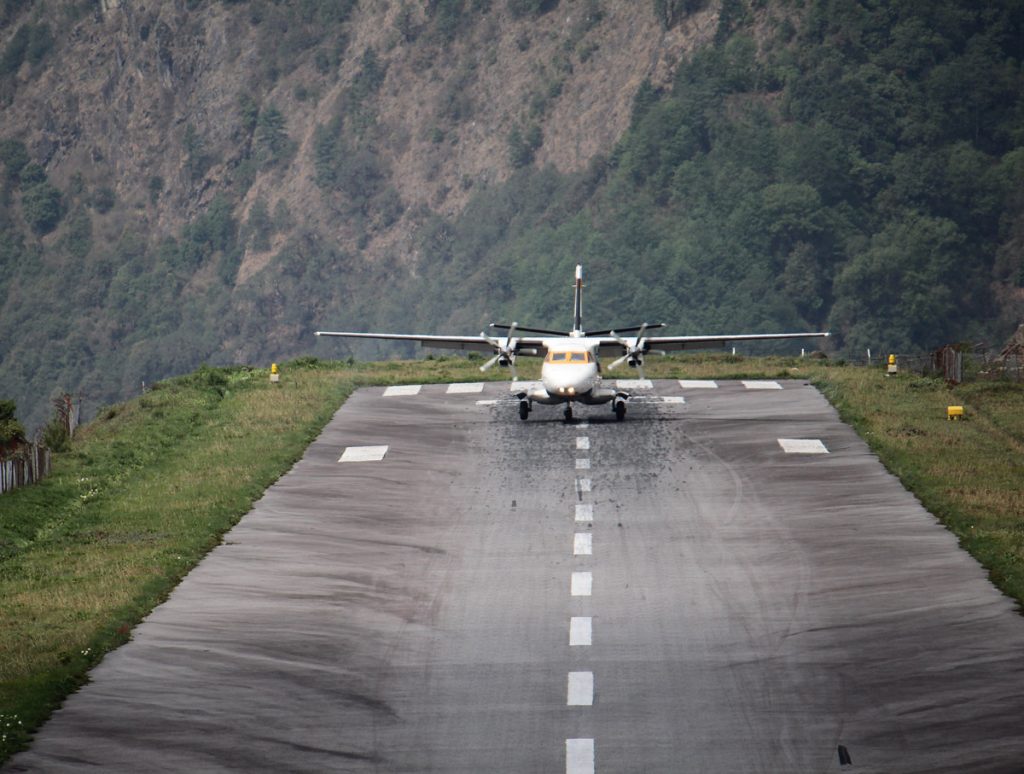
Another exciting part of the journey is Lukla airport. Because of its difficult location with a inclined single runway facing the gorges and mountains on each side, the takeoff and landing during Lukla flight remains challenging.
In addition, the unpredictable mountain weather results in frequent flight delays and cancellations. Considering this, various flight regulations have been implemented in recent years to ensure convenience and safety of travelers.
There are 2 popular trekking seasons – but can be done all year round
There are 2 popular trekking seasons for Everest Base Camp Trek – Spring (mid February to May) and Autumn (mid September to November). Due to suitable temperature and weather conditions, these times are favorable for scenic views of mountains, blooming flowers and wildlife.
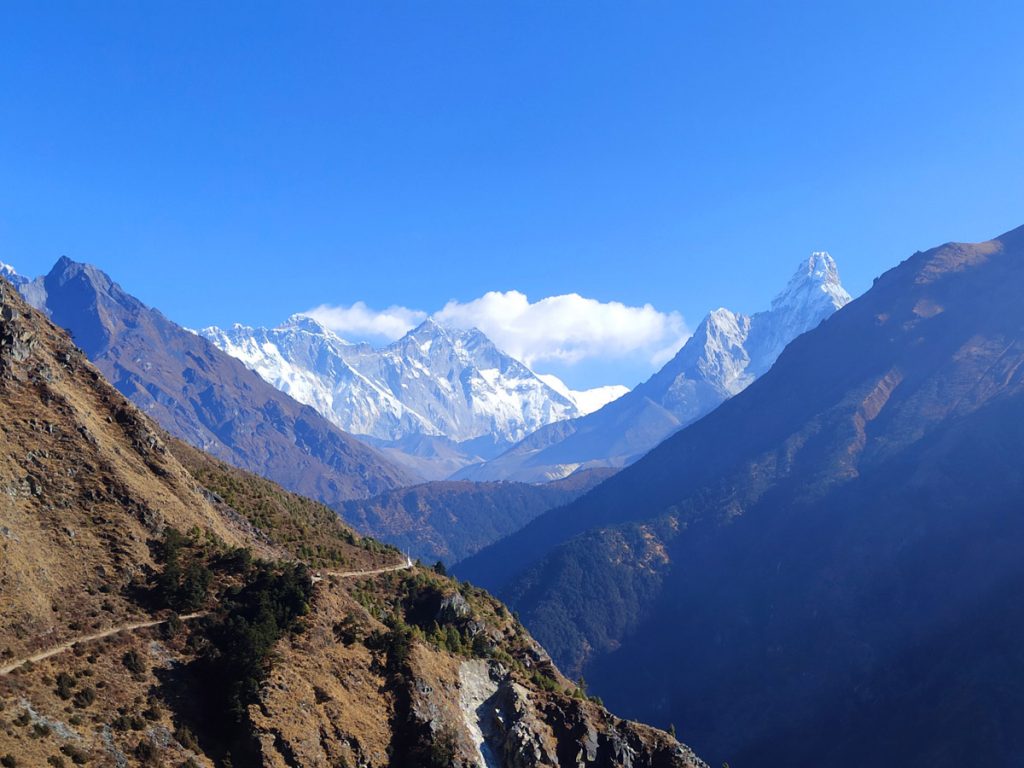
The other least preferred seasons are monsoon and winter. Monsoon arrives with increased rainfall while the winter causes harsh cold weather that results in frequent flight cancellations. But you can experience quieter trails and more natural sceneries during these times of the year.
This means if you come prepared physically and mentally and wearing the right trekking gear, you can trek to Everest Base Camp all year round.
For more details, read Everest Base Camp weather- Best seasons to hike.
Teahouses
Teahouses, as the name suggests, refers to places in the mountain villages where trekkers can stop for tea and food. They are family owned and run by the locals. In general, trekkers can enjoy food and lodging in a homely environment and get to see the daily life of local Sherpa people.
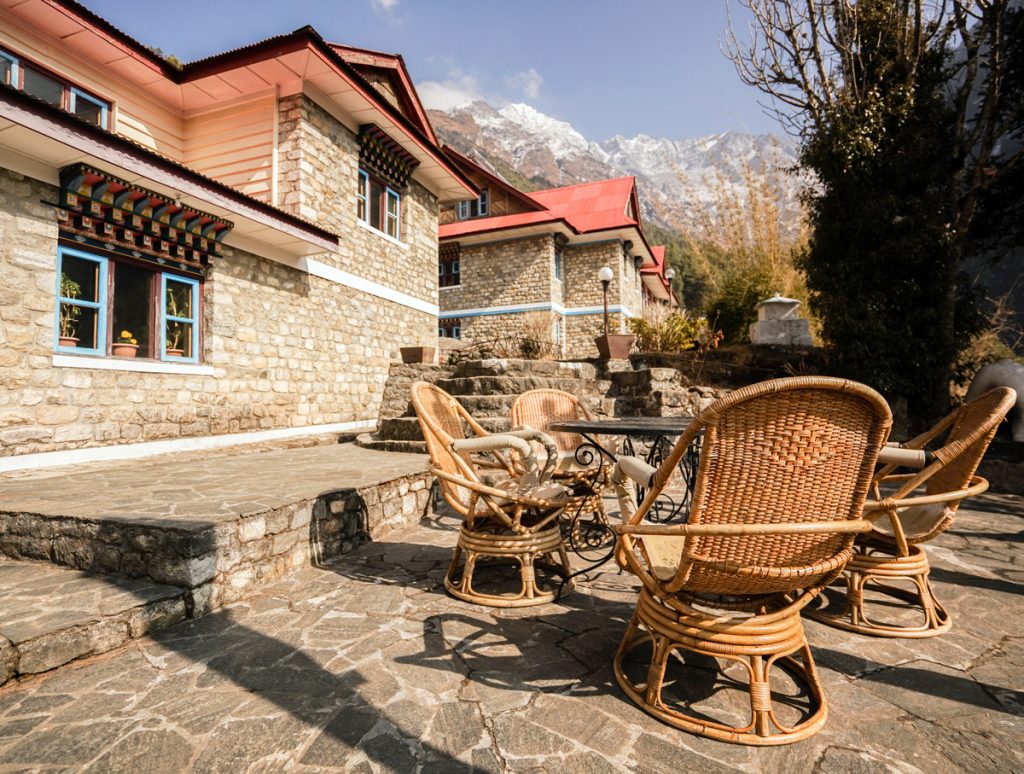
With the popularity of Everest Base Camp Trek, nowadays, you’ll find guesthouses and hotels (from mid range to luxury) that offer a wide range of facilities such as food, accommodation, Wi Fi, hot showers and electricity. The food and accommodation conveniences offered may vary from place to place depending on the remoteness of the region. As you go up the higher altitude regions, the available facilities will be more basic and functional.
To learn more, read Trekking Accommodation in Everest Region – A complete guide.
Two days for acclimatization
Lying at an altitude of 5,364 meters/17,598 feet above sea level, Everest Base Camp is at the end of habitable environment. As you go up (above 3,000 m), the oxygen at high altitude decreases, which may result in acute mountain sickness. That’s why, a proper acclimatization is a must for trekkers in order to adapt the body at higher altitude regions.
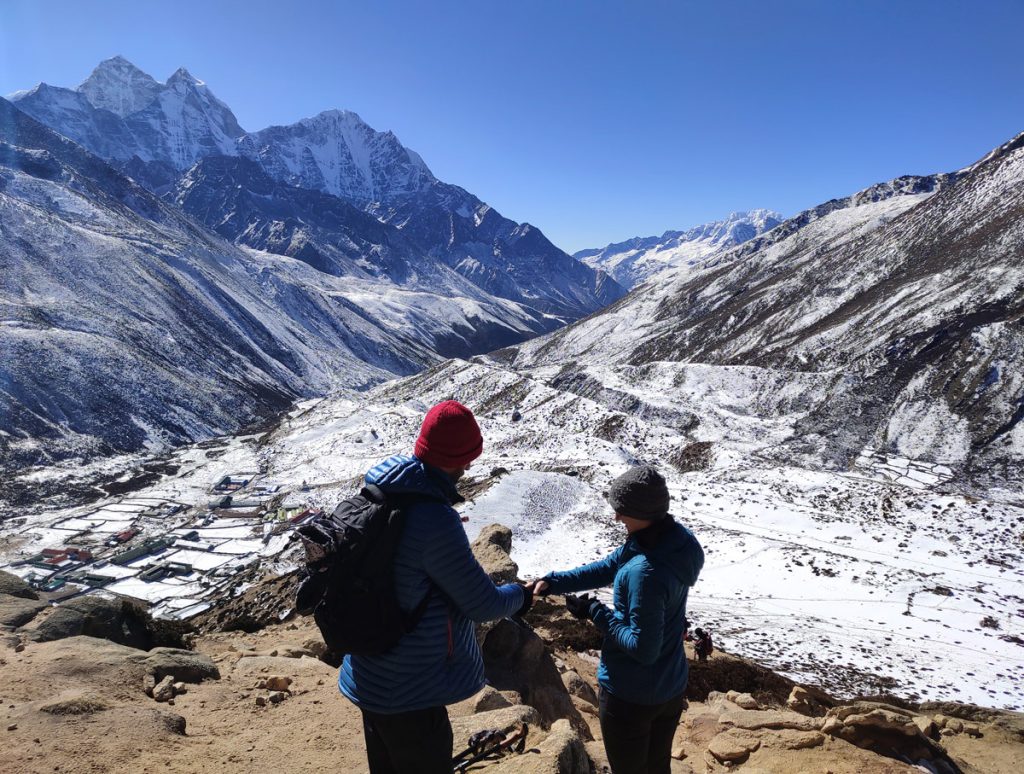
To avoid acute mountain sickness, most itineraries consist of elevation gain not more than 300 m per day above 3,000 m altitude including acclimatization day on every third day. As such, trekkers should spend 2 days acclimatizing at Namche Bazaar and Dingboche during Everest Base Camp Trek. This will help to prepare the body for a progressive ascent by producing more red blood cells, thus increasing oxygen level in the body.
Kala Patthar, Mount Everest View Point
It might be surprising to most people that Mt. Everest is not visible from Everest Base Camp. As such, Kala Patthar is one of the iconic spots to get the best view of Mount Everest along with associated peaks.
En route from Phakding to Namche Bazaar, you’ll be rewarded with the first view of Mount Everest as you climb uphill after crossing the suspension bridge over the junction of Dudh Koshi and Bhote Koshi River. Besides, there are several viewpoints in the Everest region such as Namche Bazaar, Tengboche, Gokyo Ri, Pikey Peak, Renjo La Pass, to name a few.
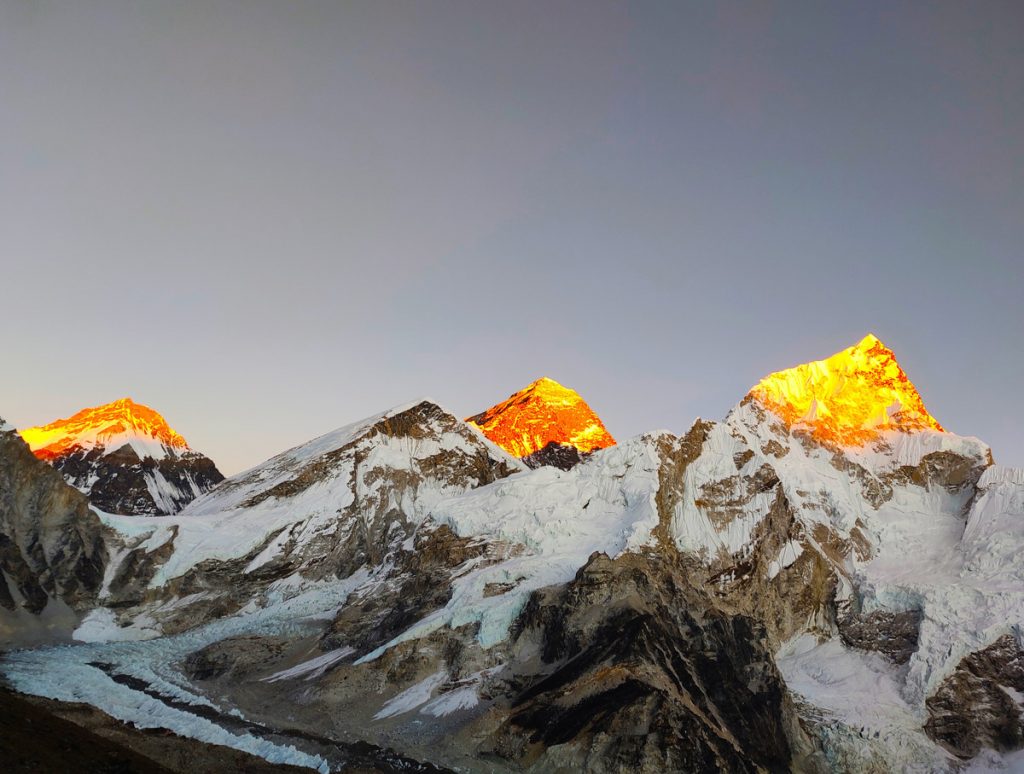
Kala Patthar lies at an elevation of 5,643 meters. It’s the highest point in the entire trek.
From here, you can enjoy up close panoramic views of Mt. Everest, Lhotse, Nuptse, Pumori, Changtse, Ama Dablam, Thamserku, Kantega, Chumbu, Lobuche and Taboche. In addition, you’ll see Khumbu Glacier, Khumbu Icefall and Everest Base Camp. Also, this vantage point is popular for magnificent sunrise and sunset views over the mighty Himalayan peaks.
And finally, if knowing all those cool things about Everest Base Camp Trek excites you, there are still many other attractions worth exploring in the Everest region. Hiking to the base camp of the world’s tallest mountain is a thrilling adventure, besides it’s a wonderful place to experience cultural richness and spirituality. Take a look at our Everest Base Camp Trek 14 days to make the most out of your holiday.
